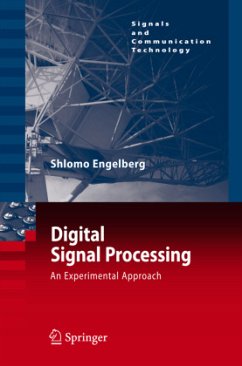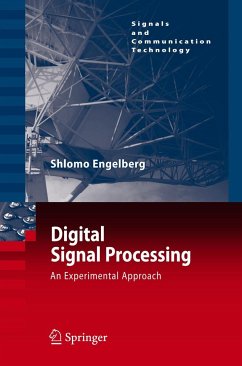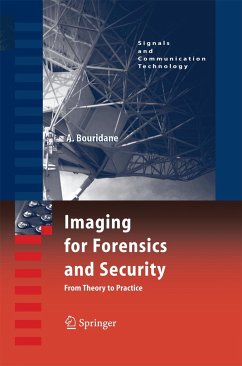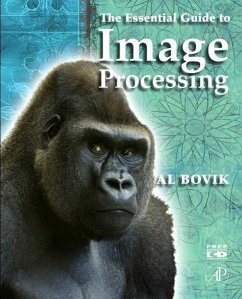
Multimedia Content Analysis
Theory and Applications
Herausgegeben: Divakaran, Ajay
Versandkostenfrei!
Versandfertig in 6-10 Tagen
76,99 €
inkl. MwSt.

PAYBACK Punkte
38 °P sammeln!
Multimedia Content Analysis: Theory and Applications covers the latest in multimedia content analysis and applications based on such analysis. As research has progressed, it has become clear that this field has to appeal to other disciplines such as psycho-physics, media production, etc. This book consists of invited chapters that cover the entire range of the field. Some of the topics covered include low-level audio-visual analysis based retrieval and indexing techniques, the TRECVID effort, video browsing interfaces, content creation and content analysis, and multimedia analysis-based applic...
Multimedia Content Analysis: Theory and Applications covers the latest in multimedia content analysis and applications based on such analysis. As research has progressed, it has become clear that this field has to appeal to other disciplines such as psycho-physics, media production, etc. This book consists of invited chapters that cover the entire range of the field. Some of the topics covered include low-level audio-visual analysis based retrieval and indexing techniques, the TRECVID effort, video browsing interfaces, content creation and content analysis, and multimedia analysis-based applications, among others. The chapters are written by leading researchers in the multimedia field. Multimedia Content Analysis: Theory and Applications covers the state of the art of multimedia content analysis in a tutorial fashion and provides a plan for future research. It includes unique coverage of multimedia content analysis based products described by pioneers in the field, and provides valuable perspective on the feasibility of state of the art techniques, as well as opportunities for the future. It also addresses the experiential aspect of multimedia content analysis.
The material discusses multimedia content analysis in three broad sections, theory, human interaction with multimedia, and commercial products. The theory section reviews multimedia content analysis tools used to derive higher-level semantics from low-level audio and video features and covers the state of the art in temporal video segmentation using unsupervised and supervised techniques. The human interaction section describes techniques for incorporating the human perception of multimedia into analysis. The product section describes the world s first products based on multimedia content analysis.
Multimedia Content Analysis: Theory and Applications serves as an excellent introduction to the field with every chapter presented in a self-contained manner. The contributing authors are leaders in the field who have defined and extended the state of the art.
The material discusses multimedia content analysis in three broad sections, theory, human interaction with multimedia, and commercial products. The theory section reviews multimedia content analysis tools used to derive higher-level semantics from low-level audio and video features and covers the state of the art in temporal video segmentation using unsupervised and supervised techniques. The human interaction section describes techniques for incorporating the human perception of multimedia into analysis. The product section describes the world s first products based on multimedia content analysis.
Multimedia Content Analysis: Theory and Applications serves as an excellent introduction to the field with every chapter presented in a self-contained manner. The contributing authors are leaders in the field who have defined and extended the state of the art.














